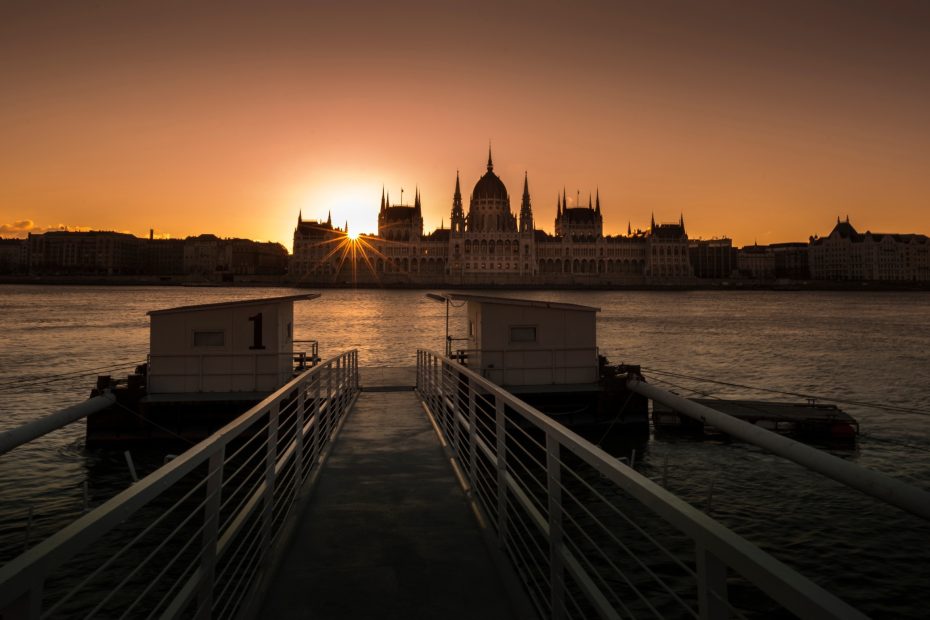Table of Contents
Introduction
With a storied past stretching back over a thousand years, Hungary offers visitors an exciting immersion into European history and culture. From modern cities to medieval castles, thermal spas to folk villages, Hungary has something for everyone. Let’s dive into this fascinating country and explore its many historical riches.
Budapest – The Jewel of the Danube
No trip to Hungary is complete without visiting Budapest, the country’s vibrant capital bisected by the Danube River. Architectural landmarks give a glimpse into Budapest’s imperial past when it was the co-capital of the vast Austro-Hungarian Empire.
The Parliament Building
The magnificent neo-Gothic Parliament Building dominates the Pest side of the city. Built in the late 19th century, it remains one of Europe’s largest parliament buildings. The inside contains over 690 rooms, stunning frescoes, and the Hungarian Crown Jewels.
Fisherman’s Bastion and Buda Castle
On the Buda side, Fisherman’s Bastion provides panoramic views with its white terraces and turrets that look like a fairytale castle. Next to it looms Buda Castle, once the seat of Hungarian kings. The grounds now house the Budapest History Museum and National Library.
Museums and Cultural Sites
Budapest boasts numerous museums and galleries housing everything from fine art to musical history. The Hungarian State Opera House dazzles visitors with its neo-Renaissance design and acoustics. For an enriching experience, take in an opera or ballet.
Thermal Baths and Spas
Budapest sits on a patchwork of thermal springs. The Turks built baths here during their 16th century occupation. Today, visitors can relax at a spa or thermal bath such as the famous Szechenyi Baths in City Park.
Countryside Castles and Villages
Beyond Budapest, the Hungarian countryside enthralls with its history and rural traditions.
Royal Palaces and Castles
Hungary has over 100 castles and palaces. Gödöllő Palace was a favorite of Empress Elisabeth. The sprawling baroque palace of Eszterháza was the Versailles of Hungary. Visit these royal residences to immerse yourself in imperial splendor.
Picturesque Villages
Rural villages like Hollókő or Szentendre provide a window into Hungary’s folk culture with their cobblestone streets, colorful houses, and handicrafts. Watch artisans make embroidery or pottery using old techniques passed down through generations.
Wine Regions
Wine has been produced in Hungary since Roman times. Explore the famous Tokaj region or Villány’s vineyards. Tour cellars, taste wine, and experienceHungary’s exquisite viticulture.
Significant Historical Events
Hungary has endured many ups and downs as empires rose and fell around it.
Roman Occupation
Roman legions conquered Pannonia, or modern Transdanubia, in the 1st century CE. Ruins like the Aquincum museum in Budapest remain from this time period.
Mongol Invasion
In 1241-42, the Mongols devastated much of Hungary during their violent conquests in Europe. Many Hungarians were killed while nobles fled to Croatia.
Ottoman Invasion
The Ottoman Empire occupied Buda and central Hungary from 1541-1686. They brought Islam, Turkish baths, and new architecture to the region.
Austro-Hungarian Empire
The Austro-Hungarian Empire made Budapest a glittering capital from 1867-1918. This “golden era” saw economic and cultural prosperity.
World War II and Communism
Hungary was an Axis power in WWII before becoming a Soviet satellite state during the Cold War era. Citizens bravely revolted in 1956.
1956 Uprising and Independence
The 1956 uprising against Soviet rule was brutally crushed but Hungary eventually gained independence in 1989 during communist Eastern Europe’s decline.
Unique Culture
Hungary has made many cultural contributions and developed traditions that make it special.
Music
Ferenc Liszt pioneered romantic music in the 19th century. Bela Bartok fused folk music with modernist styles. Listen to a performance to appreciate Hungary’s musical legacy.
Literature
Poets like Sándor Petőfi stirred national pride in the 1800s. Hungary has continued producing literary greats such as Nobel Prize winner Imre Kertész.
Cuisine
Iconic foods like goulash, stuffed cabbage, and dobos torte highlight Hungary’s culinary creativity. Don’t forget the paprika!
Folk Art and Embroidery
Colorful embroidery and pottery are Hungarian folk arts. Intricate patterns adorn matyó costumes and porcelain in the Hortobágy region.
Conclusion
From stunning architecture and thrilling history to therapeutic spas and delectable food, Hungary offers something for every interest and taste. By exploring Hungary’s diverse attractions, travelers can gain a rich appreciation for the country’s cultural legacy in the heart of Europe. The past certainly comes to life in Hungary.
Frequently Asked Questions
-
What is the best time of year to visit Hungary?
Spring and fall are ideal with pleasant weather and fewer crowds. Budapest’s summer festivals are lively while December brings festive Christmas markets. -
What type of electrical plugs are used in Hungary?
Hungary uses the Type C Europlug and Type F plugs with two round pins. Visitors from outside Europe will need an adapter. -
Is Hungary part of the European Union?
Yes, Hungary has been a member of the EU since 2004 after emerging from the Eastern Bloc. It uses the Hungarian forint instead of the euro. -
What is Hungary’s biggest festival?
The Sziget Festival held annually in August attracts over 500,000 people to Budapest for rock concerts and cultural events. -
What traditional dance is associated with Hungary?
Csárdás is Hungary’s national folk dance performed by couples in traditional costumes. It features upbeat and slower tempos.
